Is Dry Shampoo Secretly Ruining Your Hair? An Expert’s Honest Guide
Over my career helping people with their hair and scalp concerns, I’ve seen countless trends come and go. But let’s be honest, few have stuck around with the fierce loyalty that dry shampoo commands. It’s the ultimate promise in a can: a quick fix for oily, lifeless hair. And for a lot of us, it totally delivers.
In this article
- So, How Does This Magic Powder Actually Work?
- Aerosol Can or Puffer Bottle? Let’s Break It Down
- The Pro Technique for Flawless Application
- The Big Question: Does Dry Shampoo Cause Hair Loss?
- Quick Fixes for Common Problems
- The Most Important Step: The Big Wash-Out
- A Final Word on Safety
- Inspirational Gallery
In my line of work, I get to the root (pun intended) of hair problems every day. I’ve seen how amazing dry shampoo can be when used right. But oh boy, have I also seen the fallout from using it wrong. The questions I hear are always filled with a hint of panic: “Is this stuff making my hair fall out? Am I clogging my pores forever? Am I actually damaging my hair?”
There’s so much conflicting info out there. So, my goal here is to cut through the noise and give you the same practical, no-nonsense advice I share with my own clients. We’ll look at how these products actually work, the right way to apply them (because I guarantee you’ve been making at least one common mistake), and most importantly, we’ll separate the scary myths from the simple facts. Think of dry shampoo as a tool in your kit. Use it well, and it’s a game-changer. Overdo it, and you could be setting yourself up for trouble.
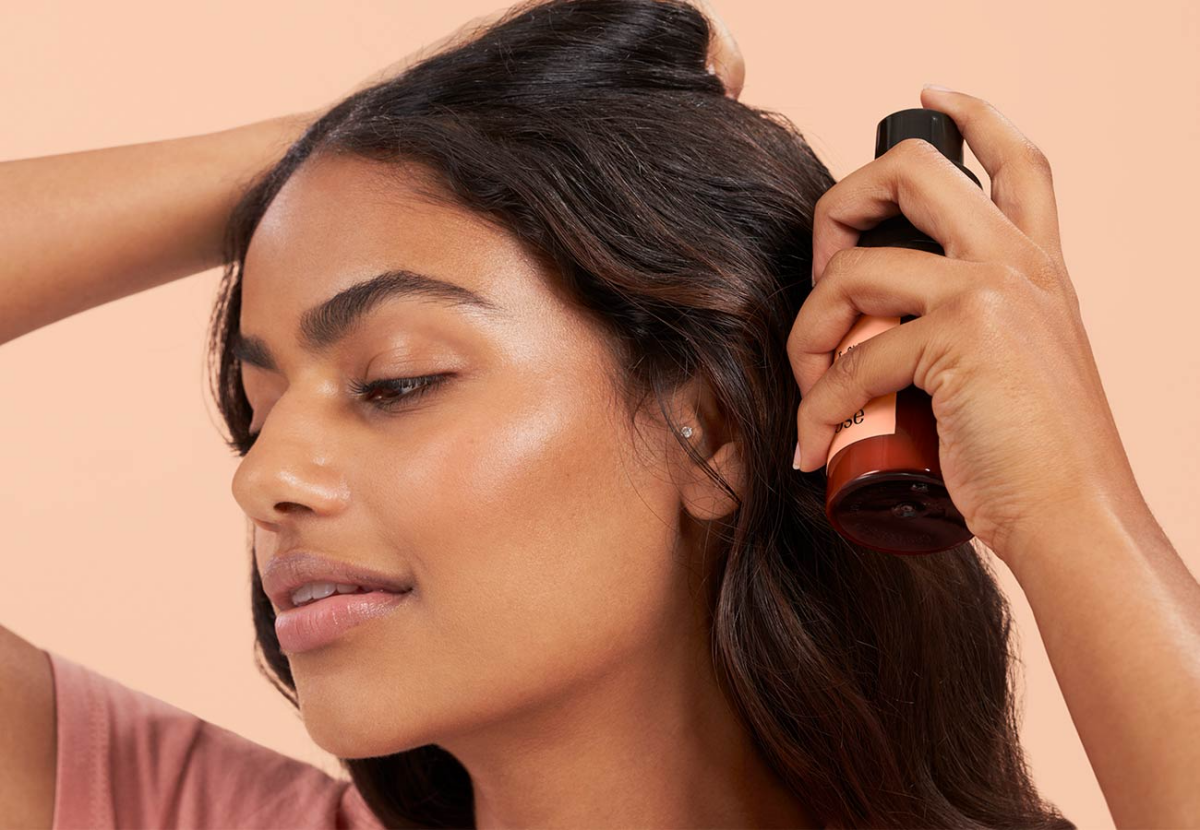
So, How Does This Magic Powder Actually Work?
Before we talk about the fix, you need to understand the “problem.” Your scalp is skin, and that skin has oil glands that produce something called sebum. Sebum isn’t bad! It’s your body’s built-in hair conditioner and scalp protector. But factors like hormones, genetics, and even what you ate for lunch can kick oil production into overdrive, making your hair look greasy and flat.
Dry shampoo works on a super simple principle: absorption. The main ingredients are just really, really thirsty powders. When you look at an ingredient list, you’ll typically see things like starches from corn or rice, different types of clays, or silica. These all act like microscopic sponges. When you spray or puff this powder onto your roots, it soaks up that excess oil, making hair look instantly cleaner and adding a bit of lift. It’s a cosmetic illusion, but a pretty effective one.

By the way, you can totally make a basic version of this at home. Seriously! For a simple DIY dry shampoo, just use a bit of cornstarch or arrowroot powder. If you have darker hair, mix in a little unsweetened cocoa powder to avoid that tell-tale white cast. It’s a great, cheap alternative in a pinch.
But here’s the critical part: Dry shampoo does not clean your hair. The oil, dirt, and dead skin cells are all still there… you’ve just coated them in powder. A real wash with shampoo and water uses surfactants that bind to oil and grime so they can be rinsed away. Dry shampoo has zero cleansing power. It’s a temporary fix, not a replacement for a shower.
Aerosol Can or Puffer Bottle? Let’s Break It Down
You’ve probably noticed dry shampoo comes in two main forms: the popular aerosol spray can and the non-aerosol powder that you puff or sprinkle on. Which one is better? It honestly depends on your priorities.

- Aerosol Sprays: These are fast, convenient, and give a fine, even mist. Think brands like Batiste or Living Proof. The downside is that they contain propellants and often a lot of alcohol, which can be drying for your hair and scalp. If you have a sensitive scalp or respiratory issues, the cloud of fragrance and particulates might be irritating. You can find great drugstore options for under $10, while higher-end salon formulas can run you $25-$40, often for a finer powder and a more sophisticated scent.
- Non-Aerosol Powders: These are basically just the absorbent powder in a bottle, often with a pointed tip for application. They give you way more control over where the product goes, contain fewer irritating ingredients (no propellants!), and a single bottle lasts forever. The trade-off? They can be a little messier to apply and take more effort to blend in.
For beginners, an aerosol is often easier to start with. But if your scalp is easily angered, I’d definitely give a non-aerosol powder a try.
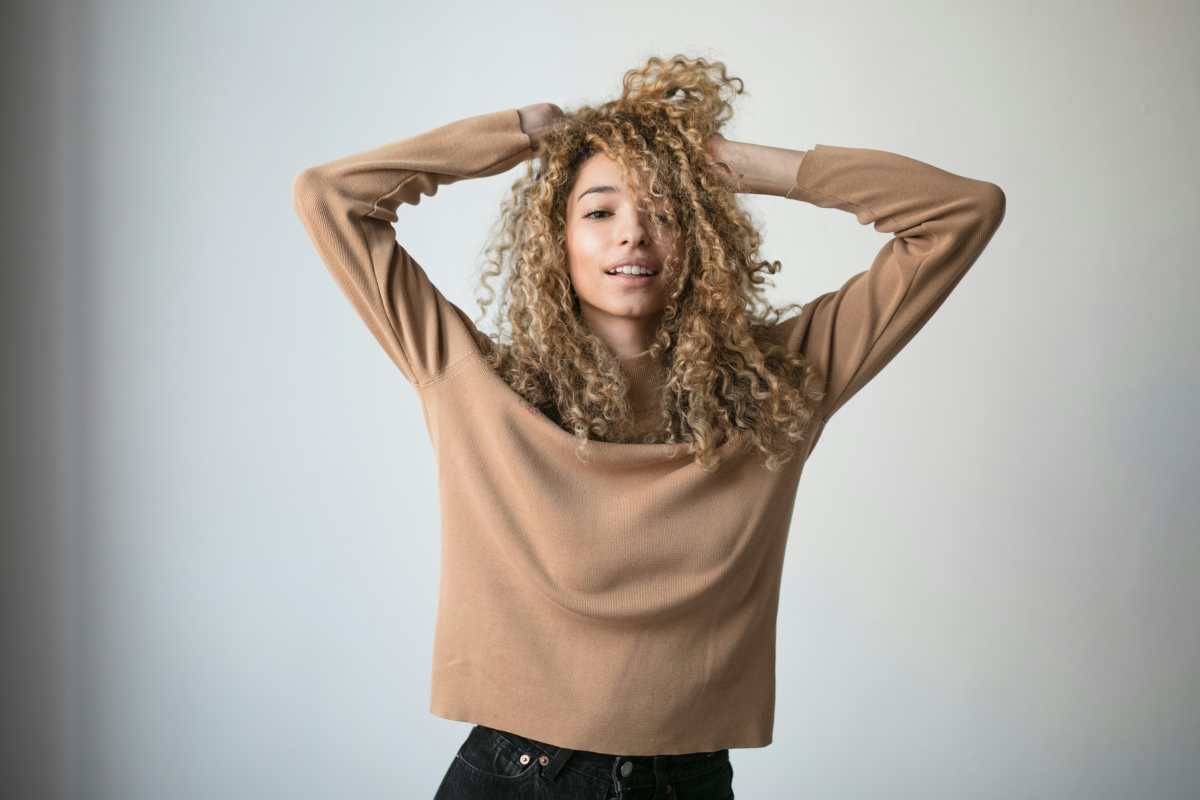
The Pro Technique for Flawless Application
Most of the problems I see come from how people apply this stuff. Just blasting the top of your head and ruffling it up is a recipe for a white, cakey mess. Using it the right way means you get better results with less product. Simple.
1. Start Bone-Dry. This seems obvious, but applying it to even slightly damp or sweaty hair creates a gross, sticky paste. If you just finished a workout, hit your roots with a blow dryer on the cool setting first.
2. Shake It Like You Mean It. If you’re using an aerosol, give it a solid 10-second shake. The good stuff (the powder) settles at the bottom, and if you don’t mix it, you’re just spraying out propellant and alcohol.
3. Section, Section, Section. Don’t just spray your part line! The oil is all over your scalp. Use your fingers to lift 2-inch sections of hair around the crown and your face, exposing the roots.
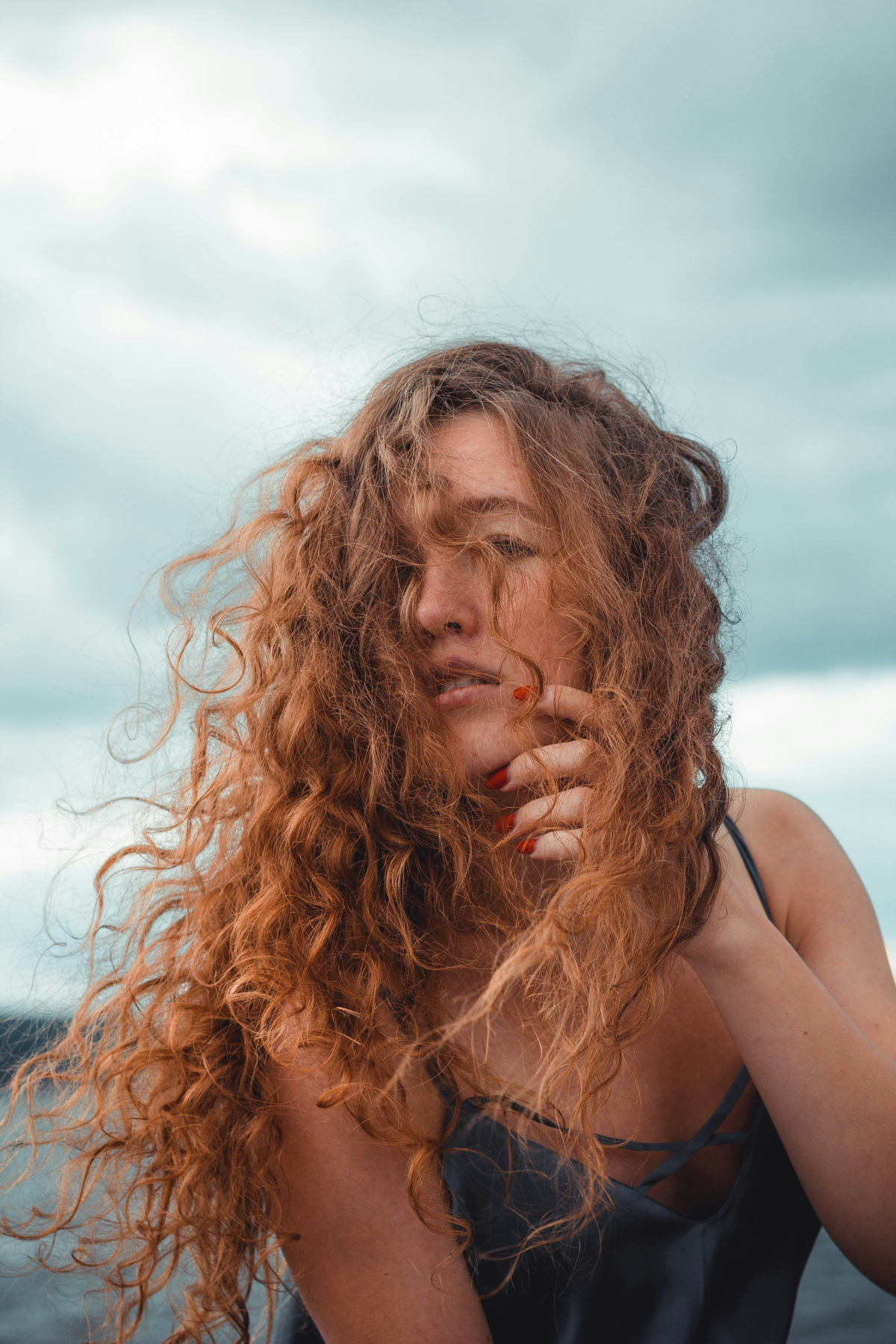
4. Distance is Your Friend. This is the #1 mistake. Holding the can too close concentrates the product in one spot, creating that chalky white patch. Hold the can a good 8 to 12 inches away from your head. This allows the powder to fall like a fine mist, not a fire hose.
5. Wait a Minute! After spraying, don’t touch it for at least two minutes. I’m serious. The powder needs time to work its magic and absorb the oil. Be patient.
6. Massage, Don’t Rub. Now, use your fingertips to gently massage your scalp like you’re shampooing. This distributes the product and breaks up any powder spots. This is also what creates that amazing volume.
7. Brush It Out. This final step is key. A quick brush-through removes any excess powder your hair didn’t need and blends everything seamlessly. A boar bristle brush is fantastic for this because it’s great at grabbing and moving the powder around.

Quick Tip: If you do get a white patch, don’t panic. Just hit it with a bit of air from your blow dryer on a low, cool setting while massaging with your fingers. It will disappear!
Time-Saving Hack: The best trick in the book is to apply a little dry shampoo to your clean roots before you go to bed. It works overnight to absorb oils as they’re produced, so you wake up with fresh, voluminous hair. It’s proactive, not reactive!
The Big Question: Does Dry Shampoo Cause Hair Loss?
Okay, let’s tackle the big fear. No, using dry shampoo correctly and in moderation does not directly cause hair loss. Your hair will not just fall out because you used it a couple of times.
However—and this is a big however—the misuse and overuse of dry shampoo can absolutely create a scalp environment that leads to increased shedding and weaker hair growth. Think of your scalp as the soil in a garden. If the soil is clogged, inflamed, and unhealthy, the plants won’t thrive. Same idea.
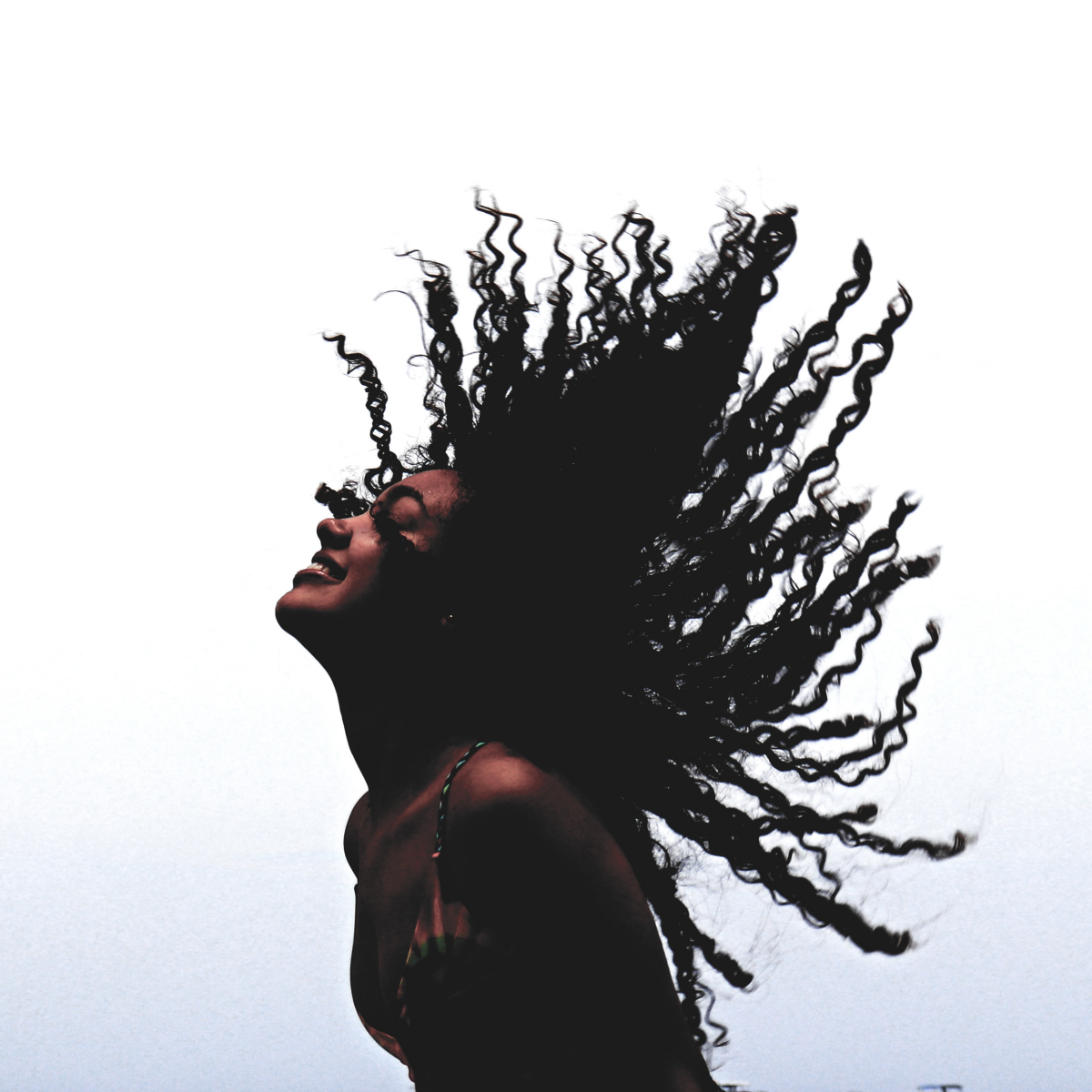
When you keep piling on dry shampoo day after day without washing, you create a thick buildup of product, oil, and dead skin cells. This paste can clog your hair follicles. A chronically clogged follicle can get inflamed (a condition called folliculitis), which puts stress on the hair. Over time, this constant stress can disrupt the growth cycle and lead to shedding. I’ve looked at scalps under a microscope and seen a visible film of gunk suffocating the base of the hair follicles. It’s not a pretty sight.
So, the link is indirect. The product itself isn’t the villain; it’s neglecting to actually wash your scalp that’s the real problem.
Quick Fixes for Common Problems
Having some issues? Let’s troubleshoot.
- The Problem: “My hair feels gritty, heavy, and just plain gross.”
The Solution: You’re using too much! Start with a very light spray, wait for it to absorb, and only add more if you absolutely need it. And don’t forget to brush out the excess. Often, that gritty feeling is just leftover powder that didn’t have any oil to absorb. - The Problem: “My scalp is starting to get really itchy.”
The Solution: That’s your scalp screaming, “Wash me!” An itchy scalp is a major warning sign that the buildup is starting to irritate your skin. Do not apply another layer of dry shampoo. It’s time for a proper wash, no excuses.
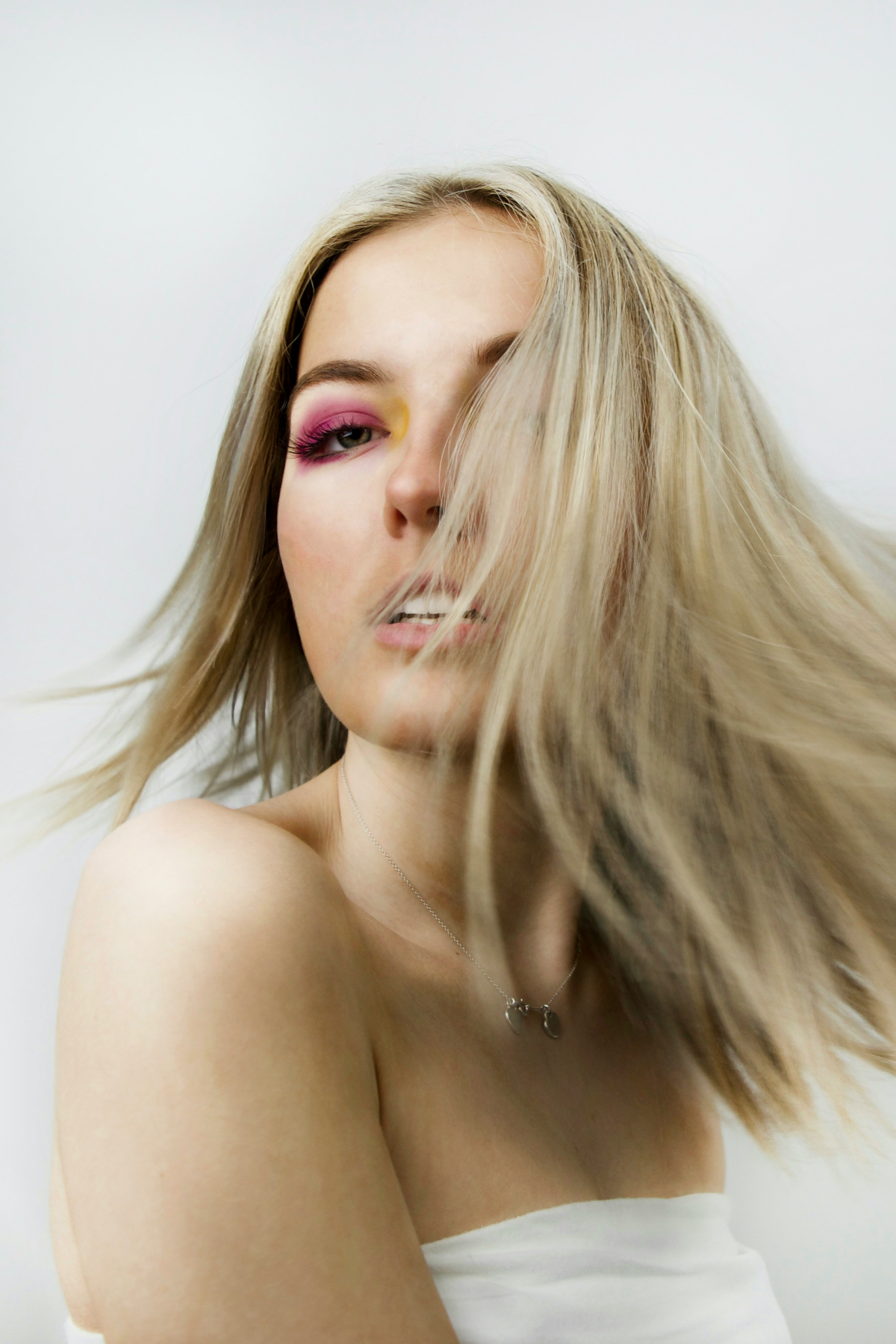
The Most Important Step: The Big Wash-Out
You can’t just rely on any old shampoo to get rid of a week’s worth of dry shampoo buildup. Sometimes, your regular shampoo just can’t cut through the layers of powder, oil, and styling gunk.
This is where a clarifying shampoo comes in. Think of it as a deep-clean for your scalp. You don’t need to use it every day—once a week or even once every two weeks is plenty. Using a good clarifying shampoo will effectively remove all that buildup and give your scalp a fresh start.
Pro Tip for a Deeper Clean: Before you even get in the shower, try massaging your clarifying shampoo directly onto your dry scalp, focusing on the areas where you use the most product. Let it sit for a few minutes. This helps the shampoo break down the oils and product buildup before you add water, making your wash way more effective.
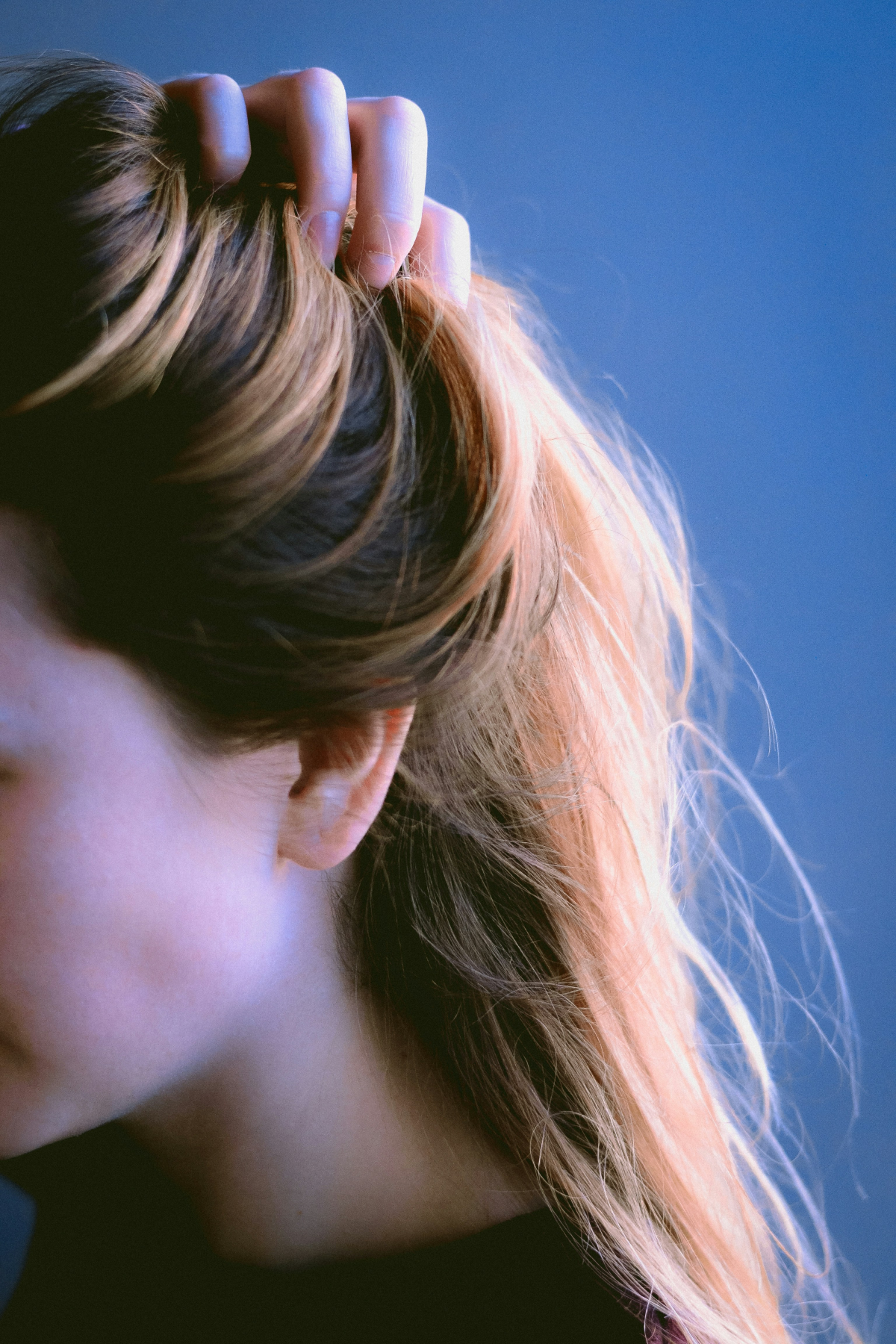
A Final Word on Safety
Heads up! A couple of safety things to always keep in mind.
First, aerosol dry shampoos are extremely flammable. They contain propellants like propane and butane. Never, ever use one near an open flame—that means no candles, no gas stoves, nothing. I once had a client who singed her bangs by using a curling iron too soon after spraying. Let the product dry completely before any heat styling!
Second, always use it in a well-ventilated space. If you’re in a tiny bathroom with no windows, turn on the fan. You don’t want to be inhaling a huge cloud of those fine particles.
And if your scalp becomes persistently itchy, red, painful, or you notice a significant increase in shedding, stop using all styling products and see a professional. A dermatologist or a trichologist can help you figure out what’s really going on. Don’t just cover it up.
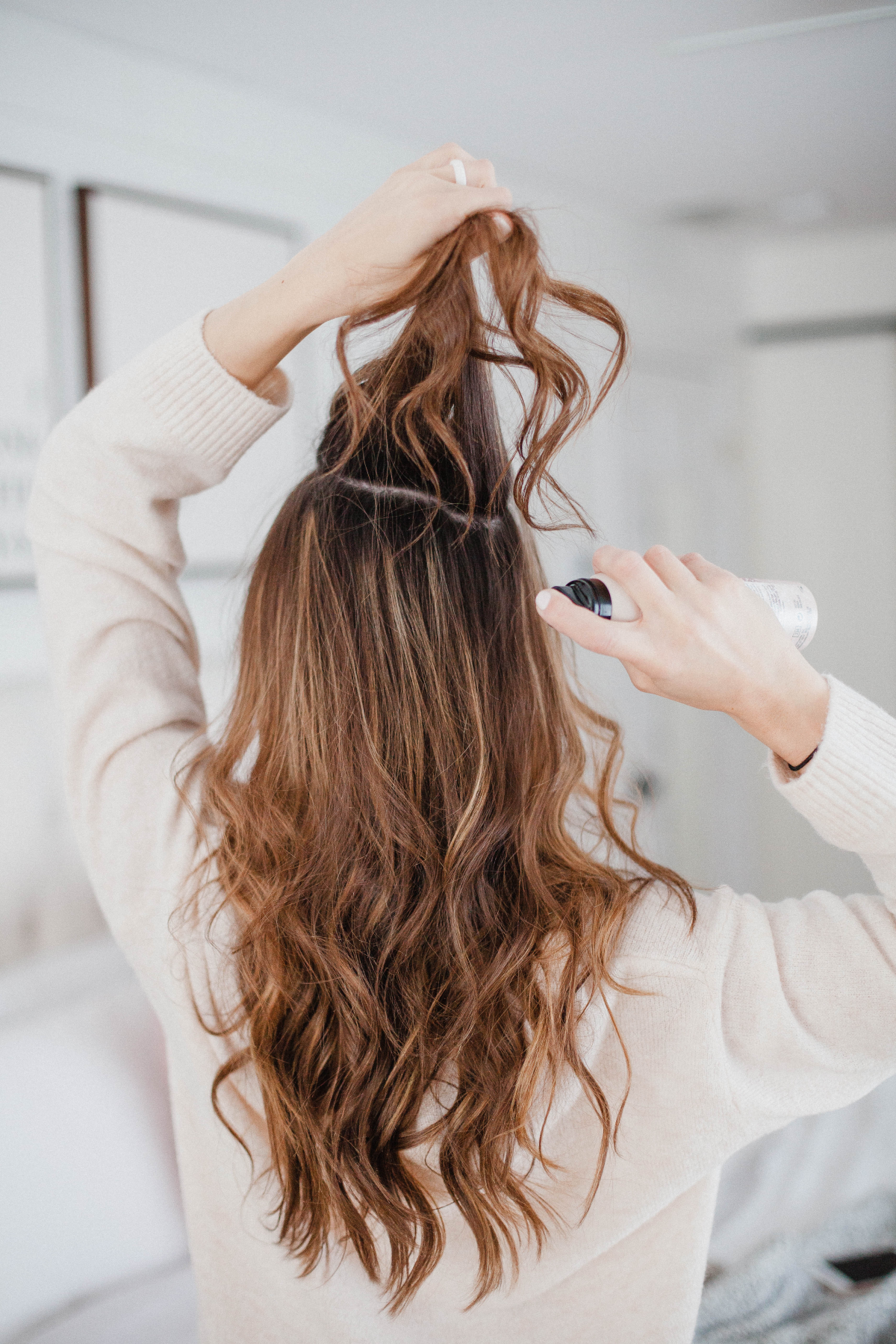
At the end of the day, dry shampoo is an amazing tool. The secret is balance. Use it to get an extra day or two out of your hairstyle, not to avoid washing your hair for a week. Listen to your scalp—it will tell you when it needs a break and a good, thorough cleanse.
Inspirational Gallery
Aerosol Spray: Delivers a fine, wide mist for quick, even coverage, making it ideal for those short on time. It’s the go-to for an instant lift and refresh. Brands like Batiste are famous for this format.
Loose Powder: Applied with fingers or a brush, this non-aerosol format offers precise, targeted application right at the oiliest roots. It’s often more eco-friendly and great for travel. Check out options from Klorane or Lush.
Ultimately, your choice depends on whether you prioritize speed (aerosol) or targeted control and sustainability (powder).
The average human scalp has over 100,000 hair follicles. When product, oil, and dead skin cells accumulate, they can create a ‘biofilm’ that impedes the follicle’s opening, potentially impacting hair health and growth over time.
Applying dry shampoo seems simple, but a few common missteps can ruin the effect. Are you guilty of any of these?
- Spraying Too Close: Holding the can less than 6-8 inches from your head concentrates the product, causing those tell-tale white patches and making it harder to blend.
- Not Waiting: The powder needs a minute or two to work its magic and absorb the oil. Don’t immediately brush or massage it in. Be patient!
- Skipping the Massage: The final step is crucial. Vigorously massaging the scalp with your fingertips distributes the product, breaks up any clumps, and boosts volume.
Looking for a formula that does more than just absorb oil?
Keep an eye out for ingredients like activated charcoal. While traditional rice and corn starches are effective, activated charcoal is renowned for its highly porous structure. This allows it to absorb not just sebum, but also impurities, odors, and pollutants from your hair and scalp. It’s a key ingredient in detoxifying dry shampoos like IGK’s First Class Charcoal Detox Dry Shampoo, leaving hair feeling exceptionally clean, not just less greasy.
Important point for dark hair: The dreaded white, powdery residue is a real concern for brunettes. To avoid a dull, ashy look, seek out tinted formulas. Moroccanoil’s Dry Shampoo for Dark Tones is infused with ultra-fine, oil-absorbing rice starches that protect against UV damage and break down instantly, while a subtle tint ensures it blends seamlessly with darker hair colors without dulling natural shine.
- Your hair has more natural volume at the root.
- Your scalp feels less itchy and tight.
- Your other styling products seem to work more effectively.
The secret? A regular scalp detox. Using a clarifying shampoo or a dedicated scalp scrub, like Briogeo’s Scalp Revival, once a week is essential for dry shampoo users. It removes the buildup that powders and starches can leave behind, resetting your scalp for a healthier environment.
For maximum effect with minimal morning effort, try the overnight hack. Lightly spritz your dry shampoo onto roots before you go to bed. As you move in your sleep, you’ll naturally work the product into your hair, allowing it to absorb oils over several hours. You’ll wake up with refreshed, voluminous hair and no powdery residue in sight.
While the convenience is undeniable, the type of alcohol in your dry shampoo matters. Many aerosol formulas use denatured alcohol to act as a propellant and solvent. While effective, it can be very drying for certain hair types, leading to brittleness over time. If you have dry or processed hair, consider alcohol-free powder formulas or those that use fatty alcohols (like cetyl alcohol) which are non-drying.
According to a study on hair care ingredients, tapioca starch has been shown to absorb up to 150% of its own weight in oil, making it one of the most efficient natural absorbers used in modern dry shampoo formulations.
This is why you’ll often see it featured in high-performance, ‘clean’ beauty brands like Rahua or Verb. Its fine, lightweight texture provides significant oil-soaking power without the heavy, gritty feeling some other powders can leave behind.










